Did you know that in just ten years, renewable resources have surged to provide over 29% of global electricity generation? This unexpected leap demonstrates a seismic shift toward a cleaner, sustainable future. In a world grappling with climate change, fossil fuel dependency, and rising energy demands, it's crucial to understand the power and promise of renewable resources. This in-depth guide unpacks the science, types, and real-world impact of renewable resources — and explores whether they're truly the breakthrough our planet has been waiting for.
A New Era: Why Renewable Resources Are Transforming Our World
We stand on the brink of a revolution in the way we generate and consume energy. Renewable resources are not only reshaping national power grids but also fostering cleaner air, sustainable economic opportunities, and a more resilient planet. Countries around the globe, from the United States to emerging economies, are investing in renewable energy technologies and reducing their reliance on fossil fuels. This shift is transforming traditional paradigms about energy resources, making clean alternatives increasingly accessible and cost-effective for businesses and households alike.
As the effects of greenhouse gas emissions and climate change become more severe, the urgency to adopt renewable energy sources is at an all-time high. Innovations in solar energy, wind energy, and other renewable technologies are providing powerful solutions for a sustainable future. The world is waking up to the critical role of renewable resources as we move toward a cleaner, more just, and economically viable path for all. With technological advancements rapidly accelerating, the transformation powered by renewable resources is only just beginning.
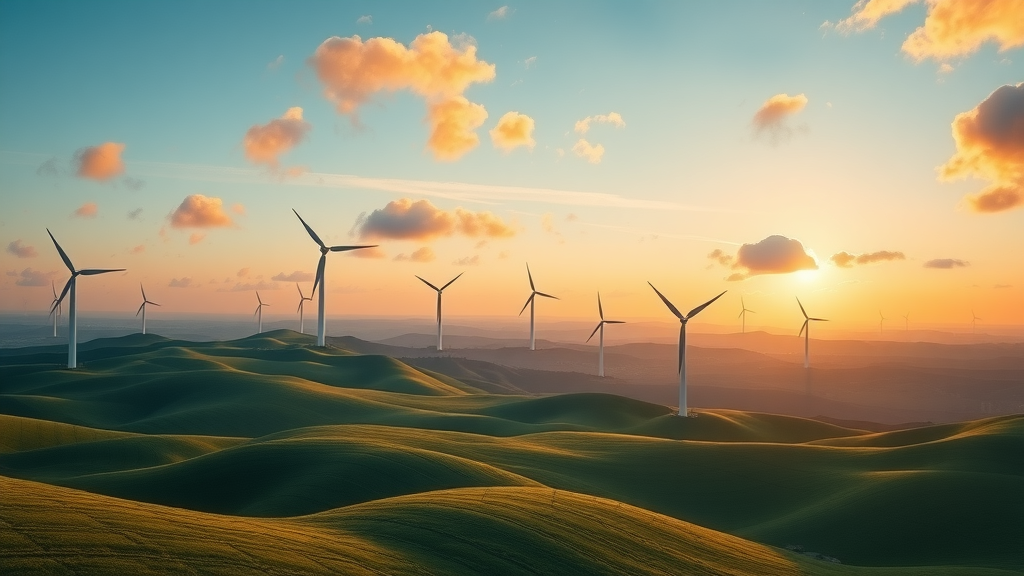
Opening Insights: Surprising Facts About Renewable Resources
Surprisingly, the International Energy Agency reports that renewable energy resources are now the world’s fastest-growing energy source, outpacing coal, oil, and natural gas in new installations for several consecutive years. Even more, solar and wind installations alone accounted for nearly 80% of global power capacity additions in 2023. This exponential growth signals a dramatic shift in the future of global electricity generation — and unprecedented opportunities for innovation, investment, and sustainability in our lifetimes.
“Globally, renewable resources now account for over 29% of electricity generation — a remarkable surge in just a decade.”
What You'll Learn About Renewable Resources
- The science behind renewable resources and renewable energy
- Types of renewable resources with examples
- Comparison of renewable energy sources and traditional energy sources
- Benefits, challenges, and real-world applications
- Future trends in renewable energy and renewable resources

Understanding Renewable Resources: Definitions and Key Concepts
What Are Renewable Resources and Renewable Energy?
Renewable resources are natural assets that regenerate quickly enough to serve as a never-ending supply of energy. Unlike finite fossil fuels, their continuous replenishment ensures long-term sustainability for society’s growing demands. Renewable energy — derived from these sources — includes sunlight, wind, water, geothermal heat, and organic materials. As a result, these technologies dramatically reduce carbon footprint and the environmental harm linked to traditional energy resources.
The main difference between a renewable energy resource and a non-renewable one lies in their availability and environmental impact. Renewable sources can be harnessed repeatedly without the risk of depletion, while non-renewable ones — such as coal, oil, and natural gas — will eventually run out, often leaving lasting environmental damage. As awareness of climate change and air pollution increases, the shift toward renewables is no longer just a choice but a pressing necessity.
| Energy Resource | Renewability | Examples | Environmental Impact |
|---|---|---|---|
| Renewable Resources | Replenishable (short time frames) | Solar, Wind, Hydropower, Biomass, Geothermal | Minimal emissions, sustainable, lowers greenhouse gas |
| Non-Renewable Resources | Finite (millions of years to form) | Coal, Oil, Natural Gas | High emissions, pollution, contributes to climate change |

Renewable Energy Resource vs. Traditional Energy Resource
Traditional energy resources like fossil fuels have long powered global progress, but at a significant environmental cost — including air pollution, carbon dioxide emissions, and the ever-growing risks of climate change. In contrast, renewable energy resources provide electricity without depleting the planet’s natural capital. The technology behind renewables also creates less hazardous waste and minimizes the impact on public health, making them an increasingly attractive choice for communities worldwide.
Furthermore, while fossil fuels are subject to unstable markets and geopolitical stresses, renewable energy draws from abundant, indigenous natural resources. This provides greater energy security, more stable energy prices, and significant potential for economic growth as new jobs form in manufacturing, installation, and research. The transition from traditional energy sources to renewables is not just about the environment — it’s also about building a more robust, future-proof global economy.
Types of Renewable Resources Powering a Sustainable Future
Solar Energy: Harnessing Power from the Sun
Solar energy is one of the fastest-growing renewable resources globally. By capturing sunlight with photovoltaic cells, solar panels convert radiant energy into electricity either for individual homes or entire communities. This renewable energy resource is particularly valued for its scalability — solar farms can provide power to thousands, or a single rooftop installation can supply one house. As technology advances, solar panels have become more efficient and affordable, making solar energy a leading energy source in the renewable revolution.
Beyond its economic advantages, solar energy helps reduce reliance on fossil fuels, cuts carbon dioxide emissions, and stabilizes local energy supplies. Many power plants are now integrating solar with storage batteries to ensure electricity flows even after dark or on cloudy days. This combination of accessibility, efficiency, and sustainability positions solar at the forefront of our clean energy future.
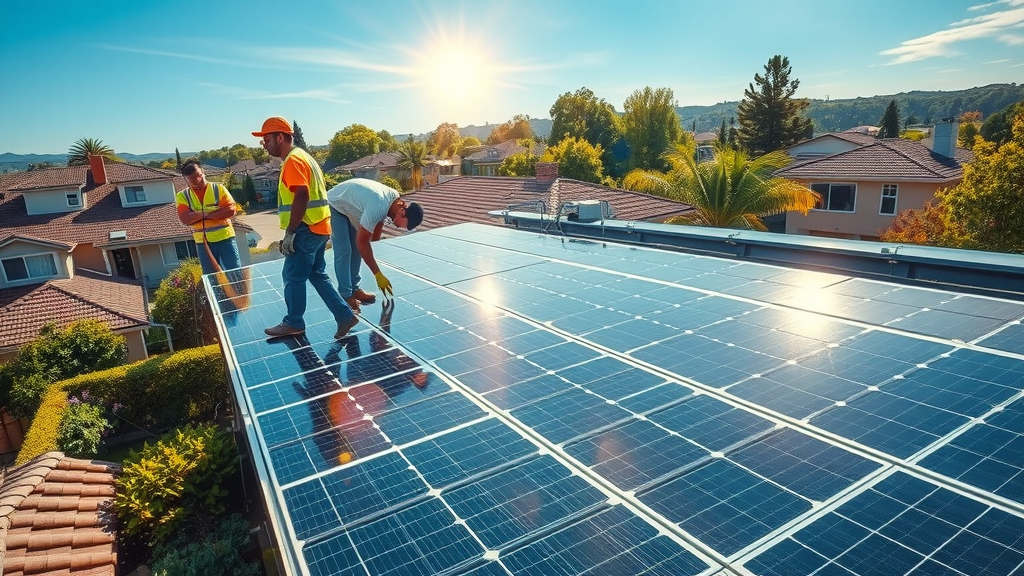
Wind Energy: Tapping into the Power of Air
Wind energy harnesses the natural motion of the atmosphere to generate clean power. Modern wind turbines — often clustered in fields or offshore wind farms — capture kinetic energy and transform it into electric power for homes, businesses, and cities. This form of renewable energy is especially robust, as windy regions can consistently produce large amounts of electricity at a competitive cost.
As the technology and grid infrastructure improve, wind energy is expected to supply an increasing percentage of global electricity generation. Notably, countries like Denmark and the United States have become global leaders in wind energy, using it alongside other renewable energy sources to enhance grid stability and lower environmental impact. With virtually no greenhouse gas emissions and wide regional availability, wind is a cornerstone of the renewable era.
Geothermal Energy: Heat from the Earth
Geothermal energy leverages the Earth’s internal heat — a powerful, consistent source of thermal energy — for heating, cooling, and electricity generation. This renewable resource is commonly harnessed in regions with high volcanic activity or geothermal features and involves drilling into the Earth to access hot water or steam, which then drives turbines at specialized power plants.
Unlike solar and wind, which can be intermittent depending on weather, geothermal energy operates around the clock. Its reliability makes it a critical energy source, especially as part of a well-balanced renewable energy portfolio. As technology evolves, geothermal energy is being integrated into more regions and advanced energy grids, further supporting the global push for sustainable energy resources.
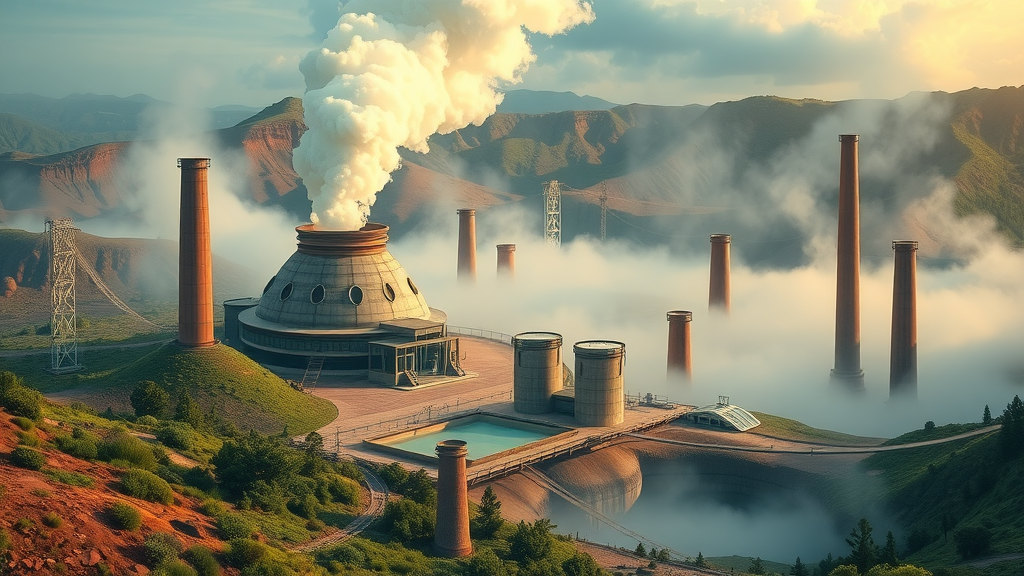
Hydropower: Renewable Energy Resources from Water
Hydropower uses the gravitational force of flowing or falling water to generate electricity, making it the original and most widely utilized renewable energy resource worldwide. Hydroelectric dams and small-scale micro-hydro systems can provide flexible, reliable power to urban and rural communities alike. The energy generated from hydropower can scale up or down rapidly, making it an excellent companion to variable renewables like solar and wind.
As a mature technology, hydropower offers high energy efficiency and can supply base-load power while producing zero direct emissions. However, larger dams can affect local ecosystems and water flow, making it essential to balance energy needs with environmental stewardship. Continuous innovation is making hydropower cleaner and more compatible with river habitats and biodiversity.
Biomass and Bioenergy Resources: Organic Alternatives
Biomass energy and bioenergy resources use organic material — such as wood, agricultural waste, and even algae — to produce electricity, heat, and transportation fuels. By diverting carbon already present in the ecosystem rather than introducing new carbon from fossil fuels, biomass offers a sustainable pathway for communities seeking alternatives to non-renewable resources.
Biomass systems are especially valuable where agricultural or forestry industries generate excess waste. Advanced biofuels serve as renewables for transportation, reducing dependence on oil while lowering net greenhouse gas emissions. As technologies advance, biomass is expected to play a growing role in integrated renewable energy systems worldwide.
Renewable Resources in Action: Applications and Innovations
How Renewable Resources Are Used in Daily Life
From turning on a light switch to enjoying a warm shower, renewable resources now power everyday moments for millions worldwide. Residential solar panels and community wind projects are making it easier than ever to generate electricity at home, while grid-connected renewables supply clean power to entire regions and cities. Many appliances and electric vehicles are already running primarily on renewable energy, significantly reducing energy bills and environmental impact for families and businesses.
Beyond homes, renewable energy powers public transportation, hospitals, schools, and small businesses. The expansion of smart grids and energy storage is allowing more communities to increase their share of renewables in daily life. Hundreds of cities are now setting ambitious targets — including the goal of 100% renewable energy — proving that the clean energy revolution is not theoretical but happening in real time.

Renewable Energy Sources in the United States: Growth and Expansion
The United States is witnessing a boom in renewable resources adoption, with states like California, Texas, and Iowa taking the lead in wind, solar, and hydropower. In 2023, nearly one-fifth of all U.S. electricity generation came from renewable energy sources. Federal and state policies, coupled with increasing consumer demand for clean energy solutions, have made renewable projects more viable and affordable than ever before. This rapid growth supports the U.S. economy by creating new jobs in energy technologies, construction, research, and maintenance, while also lowering national carbon emissions.
As technology and infrastructure continue to improve, more communities are accessing clean power. The United States is poised to remain a global leader in the renewable energy transition, demonstrating the potential for large-scale positive change.
Comparing Renewable and Non-Renewable Energy Sources
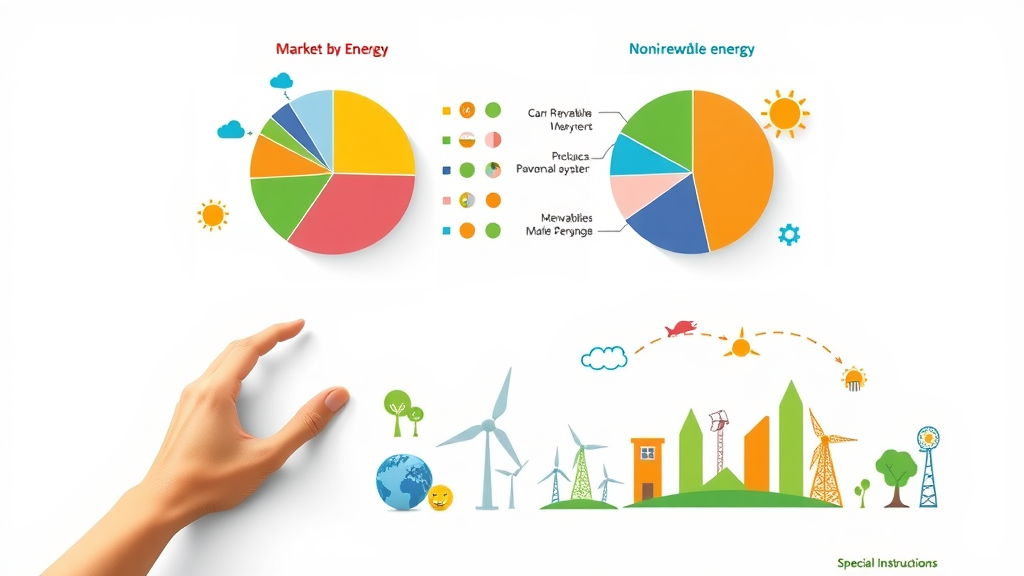
Energy Source Comparison: Renewable vs Non-Renewable
When assessing different energy sources, several key factors come into play: cost, availability, efficiency, and sustainability. Renewables outpace non-renewables in terms of environmental persistence and lower emissions, while non-renewables still dominate in predictability and, in some cases, immediate availability. However, as storage and grid integration improve, renewable energy is closing these gaps, offering a more sustainable and resilient solution for future energy needs.
Decision-makers increasingly weigh not just operational efficiency but also long-term impacts, carbon footprints, and local economic effects. As markets increasingly favor low-carbon generation, renewables continue to gain ground in both utility-scale and distributed applications.
| Characteristic | Renewable Energy Sources | Non-Renewable Energy Sources |
|---|---|---|
| Cost (Long-Term) | Decreasing, often lower with incentives | Increasing (volatile, relies on resource extraction) |
| Efficiency | Improving with technology, some intermittency | Consistent, but declining as resources deplete |
| Availability | Virtually unlimited in many regions | Finite, geographically limited |
| Sustainability | Excellent, minimal emissions | Poor, contributes to climate change |
Environmental Impact: Renewable Resources and Sustainability
Perhaps the most compelling reason to choose renewable resources is their potential for planetary healing. Unlike fossil fuels, which drive climate change through prolonged carbon dioxide and greenhouse gas emissions, renewables generate little to no emissions once installed. Cleaner air, healthier ecosystems, and improved public health are all direct results of a transition to more sustainable energy resources.
Moreover, as advances in energy technologies make renewables even cleaner and more efficient, the environmental payoff increases. From land use to water stewardship, renewables are being tuned for minimal ecological disruption, paving the way for a truly sustainable energy landscape in the decades ahead.
“Transitioning to renewable energy sources could reduce global carbon emissions by up to 70% by 2050.”
Challenges and Opportunities in Expanding Renewable Resources
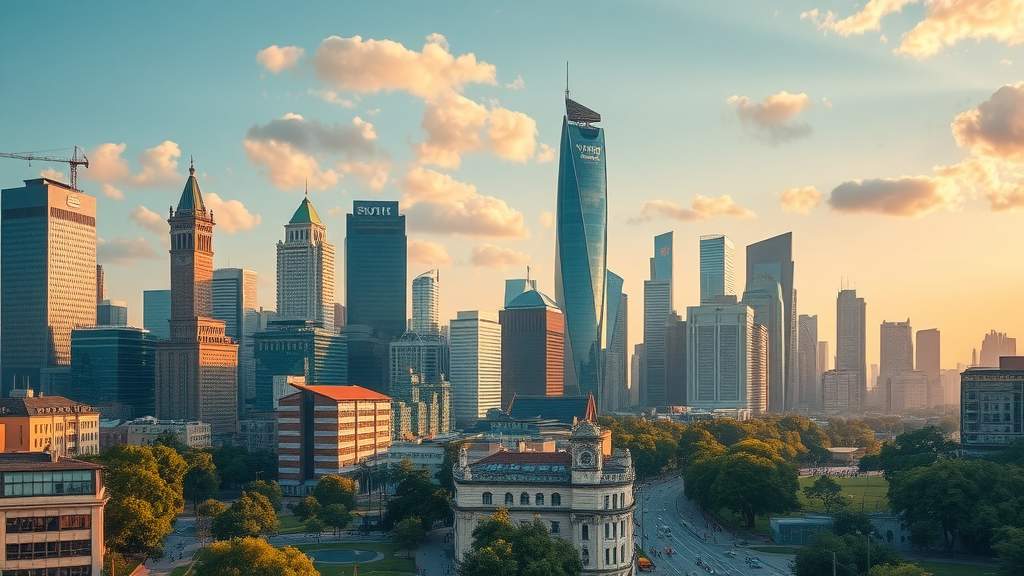
Barriers to the Adoption of Renewable Energy Resources
Despite their many advantages, renewable resources face challenges including upfront costs, grid integration, and the intermittent nature of some energy sources. Legacy infrastructure, policy bottlenecks, and outdated power grids often complicate the transition. Some regions lack the natural wind, sun, or water flows needed for large-scale deployment, while others face resistance from industries invested in fossil fuel extraction and use.
Addressing these barriers requires coordinated effort across government, private sector, and local communities. Investment in education, smart grid technologies, and modern energy storage will be crucial for a seamless global transition to a renewable-powered future.

Innovative Solutions and Future Trends in Renewable Resources
The future is bright for renewable resources, thanks to rapid advancements in energy storage, grid modernization, and digital integration. Innovations such as advanced battery technologies, floating solar farms, offshore wind platforms, and smart distribution systems are making renewables more adaptive and reliable. Policy incentives, community solar projects, and collaborative research are accelerating the pace of change.
Looking ahead, emerging trends in renewable energy include decentralized grids, vehicle-to-grid solutions, hydrogen fuel systems, and international renewables partnerships. As technology costs continue to drop and global momentum grows, the path toward 100% sustainable energy resources is closer than ever.
Key Takeaways on Renewable Resources
- Renewable resources are essential for environmental sustainability
- Technology and policy are accelerating renewable energy adoption
- Economic opportunities are emerging in the renewable energy sector
- Challenges remain, but solutions are evolving quickly
People Also Ask: Answers to Common Questions About Renewable Resources
What are 5 renewable resources?
The five primary renewable resources are solar energy, wind energy, hydropower, geothermal energy, and biomass. Each plays a vital role in powering sustainable economies.
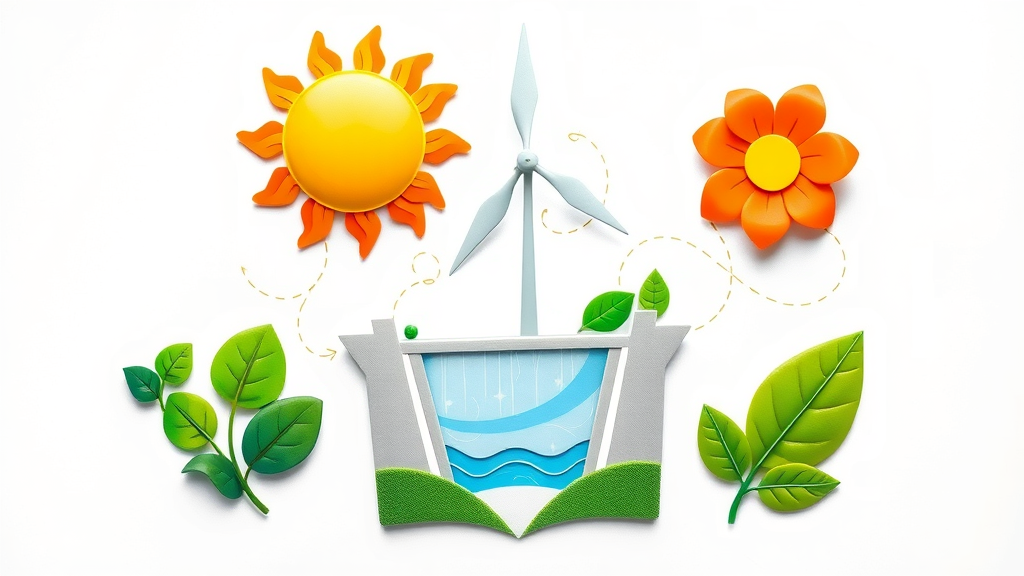
What is an example of 10 renewable resources?
Ten renewable resource examples: solar, wind, hydropower, tidal, geothermal, biomass, biofuel, wave energy, hydrogen fuel derived from renewables, and rainwater collection for energy or irrigation.
What are renewable resources?
Renewable resources are natural energy sources that replenish over short periods and are not depleted when used, such as solar, wind, and water.
What are the 7 main sources of renewable energy?
The seven main renewable energy sources include solar, wind, hydropower, tidal, geothermal, biomass, and wave energy.
Frequently Asked Questions About Renewable Resources
-
Are there limits to how much renewable energy can be produced?
While renewable resources like solar, wind, and hydropower are abundant, practical limits exist based on geographic potential, technological infrastructure, and storage capability. Ongoing innovation in storage and grid management is expanding these limits every year. -
How do renewable energy resources affect job creation?
The renewable sector is a major driver of job growth, offering positions in installation, manufacturing, research, and project management. As the industry expands, millions of new jobs are expected worldwide, rejuvenating local economies. -
What policies are helping renewable resources grow globally?
Policies such as government incentives, clean energy mandates, carbon pricing, and research investments are crucial. These frameworks support the deployment and integration of renewables on a global scale. -
Can renewable resources completely replace fossil fuels?
With technology and policy support, renewable resources can potentially replace most fossil fuel use over the coming decades. However, a coordinated transition and advances in storage, infrastructure, and global cooperation are essential to achieve this ambitious goal.

Conclusion: Is Renewable Resources the Game-Changer for a Sustainable Future?
Without a doubt, renewable resources are the breakthrough the world has been seeking — offering a sustainable path to energy security, healthier communities, and a cleaner planet.
Explore More and Support the Movement Toward Renewable Resources Today
Stay informed, adopt renewable solutions in your daily life, and join the global push for a sustainable future powered by renewable resources. Every step, small or large, helps build a cleaner, greener tomorrow.
 Add Row
Add Row  Add
Add 




Write A Comment